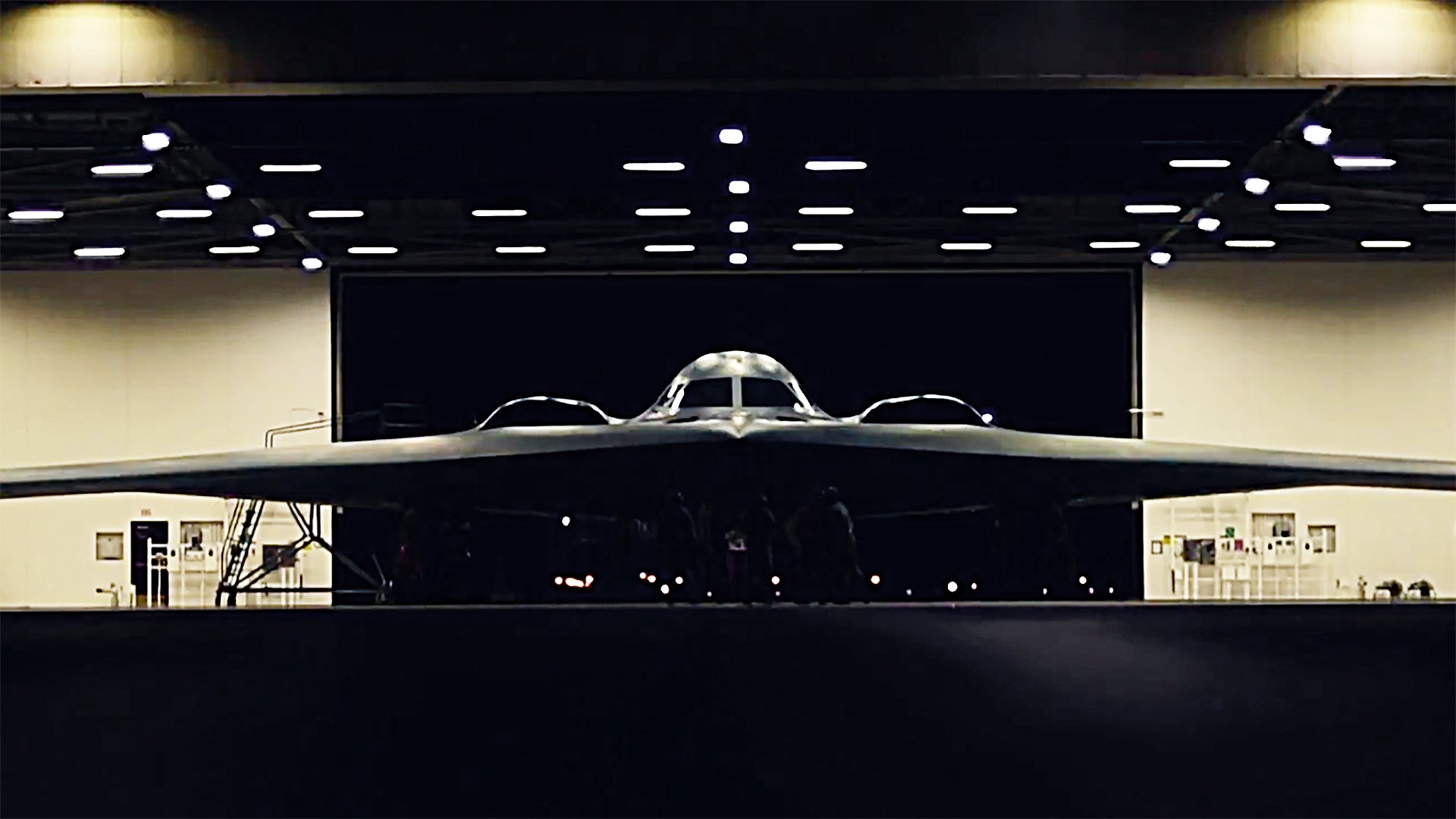Lot’s of headlines today about B-2s deploying to the Pacific and even those implying they flew a deterrence missions near the Korean Peninsula. We cannot corroborate these claims. In fact, military plane trackers on the net have shown a very different story.
From what we can tell, two B-2As, callsigns MYTEE51 and MYTEE52, left their home at Whiteman AFB in Missouri and headed toward Andersen AFB in Guam on October 28th. One of the B-2s appeared to turn back midway during its flight. This is not totally uncommon both for “air-spare” reasons or due to mechanical issues.
The one B-2 continued on to its forward staging base at Andersen AFB, Guam and then returned very early the next day, October 29th, to Whiteman AFB. The chances the jet flew a deterrence mission in between are next to zero bordering on impossible. Although the flight did occur while Defense Secretary James Mattis was making a high profile visit to South Korea, it wasn’t publicized at the time and there isn’t any indication that it was intended to overtly “pressure” the leadership in Pyongyang. Just today it was officially disclosed to have occurred by U.S. Pacific Command, who said little about beyond posting a couple of pictures of it on its social media accounts.
The reasons for such a mission are numerous and multi-fold. Even B-2 pilots, who aren’t known for racking up high hours in the type on a regular basis, need real mission training, as do the people on the ground who support the Spirit’s unique operational needs. Ultra long-range Global Power missions are the keystone of B-2 combat doctrine. Simulators help prepare B-2 crews for these flights but actually getting out there and executing them is very important, as is familiarizing crews with at least some of the B-2’s three remote operating locations—Fairford, Diego Garcia, and Guam.

More B-2 training flights to Guam could soon be underway as U.S. Strategic Command kicks off exercise “Global Thunder 2017.” Here’s how this year’s iteration of the exercise is described by a STRATCOM press release:
“U.S. Strategic Command (USSTRATCOM) will commence Global Thunder, an annual command and control and field training exercise, Oct. 30, 2017.
The Global Thunder series is designed to exercise all USSTRATCOM mission areas and assess joint operational readiness.
“These exercises achieve the vision of a unified team, integrating all the capabilities of U.S. Strategic Command across the globe wherever and whenever needed,” said U.S. Air Force Gen. John Hyten, commander of USSTRATCOM. “We need to integrate our strategic capabilities in order to deliver multi-domain effects against any adversary, anywhere in the world, at any time.”
Headquarters staff, USSTRATCOM components and subordinate units are participating in Global Thunder 2018 to test readiness to confront uncertainty and ensure a safe, secure, effective and ready strategic deterrent force.
One of nine DOD unified combatant commands, USSTRATCOM has global responsibilities assigned through the Unified Command Plan that include strategic deterrence, space operations, cyberspace operations, joint electronic warfare, global strike, missile defense and intelligence”
It’s possible that last weekend’s flights could have also served double duty for repositioning Massive Ordnance Penetrators (MOPs) to Guam as part of contingency preparations for an air campaign over North Korea.
The 40,000lb super-bunker buster will be absolutely essential for any major air war aimed at wiping out North Korea’s nuclear weapons and ballistic missile programs, as well as for destroying key regime targets, many of which are buried under mountains. Short of nuclear weapons, no other penetrating munition on earth stands a chance at destroying these targets, with temporarily sealing their entrances being the only other possibly feasible option short of a commando raid.

As we have discussed in detail before, the B-2 will be essential in any war plan against North Korea. It will serve to drop MOPs on key targets as well as executing destruction of enemy air defenses missions against North Korea’s fixed air defense system sites and airfields.
MOPs can also be transported by heavy transports, like the C-17, but it may just be easier and more effective for training purposes to fly the munitions out to the island outpost on B-2 training flights, where the weapons would be downloaded from the jets and stored after they arrive.
Once again, none of this is to say that the B-2 won’t soon take up station at Andersen AFB in Guam. The stealth bombers rotate in and out of the base, sharing the forward deployed bomber rotation mission with their B-52 and B-1 brethren. The B-1 has fulfilled this role for over a year, having returned to Andersen AFB for the first time in a decade in August of 2016. For a period after the B-1’s arrival, it, the B-2, and the B-52 were all present at Andersen AFB at the same time.

The B-1B has gone on to fly many so called “show of force” flights near North Korea, often being accompanied by various local fighter aircraft, including armed USMC F-35Bs on one especially provocative flight. The B-1B is not capable of carrying the MOP (nor nuclear weapons), and its ability survive over North Korea during the opening stages of an air war is highly doubtful, but they would lug stealthy cruise missiles near the peninsula for standoff attacks and possibly attack targets along the DMZ early on during an actual war.
We’ll have to wait to see if the B-2 beds down on Guam in the near future, and Chairman Joint Chiefs of Staff General Dunford has alluded to potential strategic shifts in the region in response to the growing threat faced by North Korea. But as of now this is simply not the case.
Contact the author: Tyler@thedrive.com
